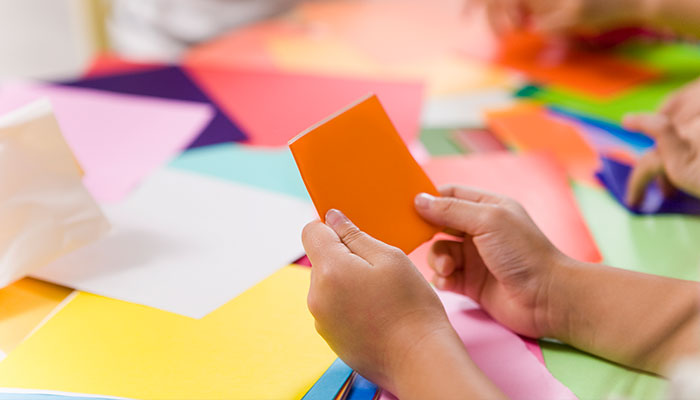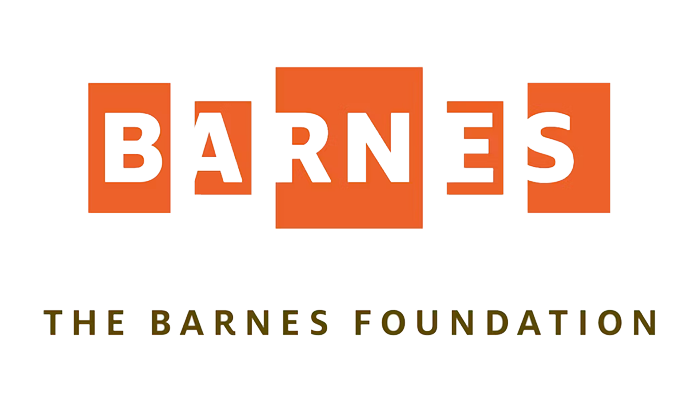While we believe that the books and resources recommended may be of value to you, keep in mind that these are suggestions only and you must do your own due diligence to determine whether the materials are appropriate and suitable for your use. PNC has no sponsorship or endorsement agreement with the authors or publishers of the materials listed.
ELEMENT OF ART

Exploring Color
Children will explore the use of color in art.

Lesson Objective
Children will "observe" and interpret art by carefully looking at works of art.
Art
What You'll Need
- Book, A Color of His Own by Leo Lionni
- Color paddles or squares of colored acetate (available inexpensively online or from discount school suppliers)
- Copies of a chameleon image – 1 per child
- Image from the Barnes Foundation: Download Blue Still Life (Nature Morte Bleue) by Henri Matisse
What To Do
Note: This lesson is best taught before the lesson, Colorful Still Life , also found on this website.
- Explain to the children that they will be exploring color.
- Read the book, A Color of His Own, and discuss that everything in the world has color.
- Ask the children, “What do you think the world would be like without color?”
- Display the artwork, and have the children “observe” (look closely at) the painting.
- Ask them to describe what they see and to name the colors (see Guiding Student Inquiry).
- Discuss that color is one of the elements of art (see Did You Know?).
- Ask why they think artists sometimes paint with brilliant colors and sometimes with neutral colors (see Did You Know?).
- Point out the different shades of color in the painting; discuss how some colors are dark and others are light.
- Display the color paddles or acetate, and have the children name the colors.
- Distribute the chameleon images. Invite the children to hold the color paddles over their chameleon to give it color.
- Allow children to combine color paddles to create new colors on the chameleon, and share with the class.
Resources
Home School Resources
Home educators: use these printable lesson PDFs to teach this lesson to your home schoolers. They're available in English and Spanish.
Content Provided By
Common Core State Standards Initiative – These lessons are aligned with the Common Core State Standards ("CCSS"). The CCSS provide a consistent, clear understanding of the concepts and skills children are expected to learn and guide teachers to provide their students with opportunities to gain these important skills and foundational knowledge [1]. Visit the CCSS
- There are currently no Common Core Standards for pre-k, but these lessons are aligned as closely as possible to capture the requirements and meet the goals of Common Core Standards. However, these lessons were neither reviewed or approved by the National Governors Association Center for Best Practices or the Council of Chief State School Officers, which together are the owners and developers of the Common Core State Standards.
"PNC Grow Up Great" is a registered mark of The PNC Financial Services Group, Inc
Read a summary of privacy rights for California residents which outlines the types of information we collect, and how and why we use that information.


